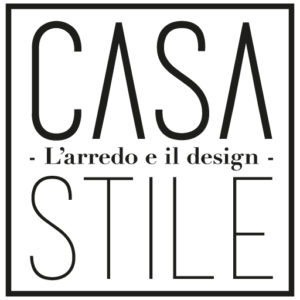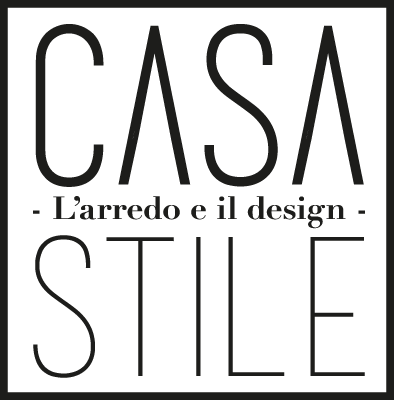 We talked to Ornella Bignami Creative Director at Elementi Moda, the Italian partner of CELC, Confédération Européenne Du Lin & Du Chanvre based in Paris, and an expert in bast fibres. Above all, she is an observer of trends and teaches people about these fibres on an international level, not everyone is aware just how innovative they are.
We talked to Ornella Bignami Creative Director at Elementi Moda, the Italian partner of CELC, Confédération Européenne Du Lin & Du Chanvre based in Paris, and an expert in bast fibres. Above all, she is an observer of trends and teaches people about these fibres on an international level, not everyone is aware just how innovative they are.
«Sustainability is mainly linked to ‘sustainability-nature’. For this reason, natural fibres are back in fashion: interest in linen and hemp has grown considerably…» she says.
Flax is only harvested once a year, its characteristics fully satisfy the parameters of sustainability, both in terms of the overall growing process – which, incidentally, is completely traceable and certified by CELC European Flax® and Masters of Linen® -, and the fact that nothing is wasted, all parts of the plant are used.

«An important point is that the plants do not require irrigation, we all know how precious water is as a resource, zero or very little use of phyto-stimulants is required for growing them, they don’t impoverish the soil, the fibres are breathable and insulating».
The current interest in linen has recently stimulated the reintroduction of flax-growing in Italy, it already existed in the Lodi area in the past, as described by the writer Manzoni. In particular, the first new harvest comes from fields in valle d’Astino in the province of Bergamo, produced by Linificio e Canapificio Nazionale in Villa d’Almé (BG). This extremely short supply chain can be traced using blockchain technology, the flax is grown and spun in Italy thanks to the know-how of a company with almost 150 years’ experience. The quality of the growing fields is the result of careful selection, the flax seeds are the purest and the industrial processes are inspired by those used in the past.

Apart from Valle di Astino in Bergamo, Flax in Italy is currently grown in San Secondo Parmense in Emilia Romagna, Prato in Tuscany and Gravina in Puglia.
Towards the end of the last two decades during which interior design was dominated by plastic, renewed interest in natural materials has resulted in linen being the top choice for furnishings and domestic use, from rugs to wall coverings, different uses in the kitchen, bathroom and bedroom
«Lots of linen: replacing curtains, setting the table with a lovely tablecloth, beautiful and beautifully made bedlinen … Cushions, runners, towels…»
According to Ornella Bignami it is important to demolish certain “myths” about linen, indeed it is perfect for everyday use: for example, by remembering how absorbent it is, hard-wearing and easy as a material for the production of towels, dressing-gowns, dish towels.
“Waffle dish towels, the classic ones, are extremely absorbent…Dish towels for glasses don’t leave lint on the surface, so they are perfect for drying crystal glasses. Furthermore, linen can go in the washing machine, though you can’t use bleach, hydrogen peroxide or chlorine products can be used instead. Most of the materials in circulation now have reduced creasing by 60% and a slight natural irregularity remains, resulting in a vintage effect. Pre-washed linen is common nowadays, it does not require ironing and so is very suitable in the home».

Advanced research into this fibre has taken an innovative turn which is both interesting and potentially infinite: on the one hand natural hybrids obtained from weaving linen together with other natural fibres, such as wool, mohair or velvet which increase versatility or composites made of a combination with bio-degradable resins which can be used in completely new sectors: for example in sport, by exploiting this fibre to increase the absorption of vibrations, as well as elements such as trays, lamps and even small pieces of furniture.
«Research and development is mainly oriented towards composites which are increasingly open to entering previously unimaginable sectors, materials created by combining linen with resins because as well as being tough and lightweight they are also bio-degradable, it is even possible to create complementary furniture!»
Lastly, CELC monitors the social responsibility of companies in Europe. This is a relevant issue as 80% of the world’s linen used for textiles is grown in Europe.
«Work carried out by CELC refers to flax sown, harvested and processed in Europe and strives to ensure that decent working conditions guaranteed by Europe for workers are respected: that there is no exploitation of child labour or low wages, this is an extremely important aspect».








